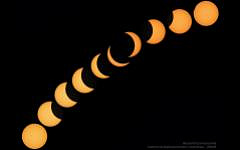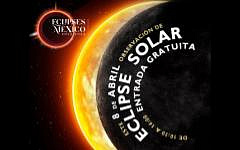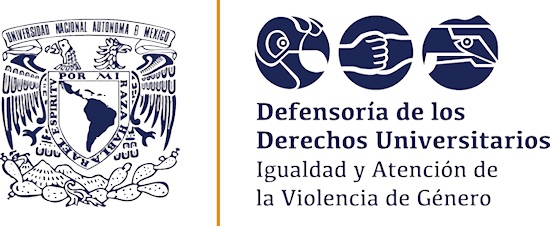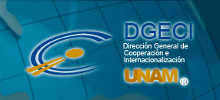 Figure: IRyA's radio astronomy laboratory.
Figure: IRyA's radio astronomy laboratory.
We can learn quite a bit about the Heavens (and especially the Solar System) with only naked-eye observations. But with the invention of the sextant and quadrant – and above all of the telescope – Astronomy truly became a science. The precise measurements allowed by these instruments laid the basis for Kepler's Laws of planetary motion and ultimately for Newton's law of gravity. For the past 500 years, major advancements in Astronomy have been driven by the development of new observing instruments, which today cover not only the entire electromagnetic spectrum from radio to gamma-rays, but also detectors of sub-atomic particles and gravitational waves.
Current work in this area by IRyA researchers includes:
- Digital signal processing for radio astronomy.
- Water vapor radiometry.
- Centimeter-wave heterodyne receivers.
- Radio-telescope site testing.
- Low-frequency radio telescopes.
- Commissioning of the Tulancingo-1 radio telescope.
IRyA researchers who work directly in this field include:




























